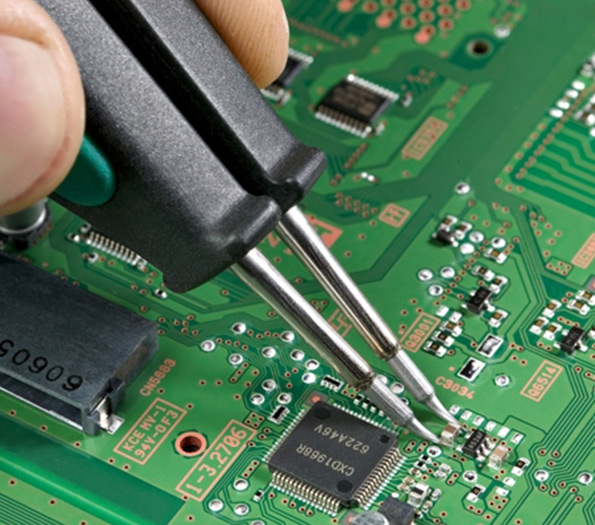

The Silver Mirror Material An Overview of Its Properties and Applications
Silver mirror material, known for its high reflectivity and aesthetic appeal, plays a significant role in various technological and artistic applications. This article will explore the properties of silver mirror material, its production methods, and its diverse applications in modern society.
Properties of Silver Mirror Material
Silver mirror material is primarily composed of a thin layer of metallic silver, which is known for its exceptional reflectivity, especially in the visible spectrum. Silver can reflect up to 95% of visible light, making it one of the most efficient reflective materials available. This property is crucial in applications where light management is essential, such as optical devices and decorative items.
In addition to high reflectivity, silver offers a range of other beneficial properties. It is highly conductive, allowing it to be used in electronic applications. The material is also resistant to corrosion when protected properly, ensuring a longer lifespan in various environments. However, unprotected silver can tarnish when exposed to sulfur compounds in the atmosphere, leading to a dull appearance. As a result, coatings are often applied to maintain its shine and performance over time.
Production Methods
The production of silver mirror material typically involves a series of processes to create a reflective surface. One common method is the chemical deposition of silver onto a glass substrate, often using a process called vacuum deposition. In this method, silver is vaporized in a vacuum chamber and then deposited uniformly onto the surface of the glass, creating a thin, reflective layer.

Another approach is the use of a silvering solution, where a chemical reaction occurs to reduce silver ions onto the surface of the glass. This technique is frequently used in the manufacture of traditional mirrors and decorative items. The choice of method largely depends on the desired application and the characteristics of the final product.
Applications of Silver Mirror Material
The applications of silver mirror material are extensive and span various industries. One of the most notable uses is in the manufacturing of mirrors for everyday use, such as bathroom mirrors, cosmetic mirrors, and rearview mirrors in vehicles. The aesthetic quality of silver mirrors, combined with their high reflectivity, makes them a preferred choice for both functional and decorative purposes.
In the realm of technology, silver mirrors are crucial components in optical devices like telescopes, microscopes, and cameras. They help to direct and enhance light, allowing for clearer images and better performance. Additionally, in the field of solar energy, silver mirrors are used in concentrated solar power systems. Here, they reflect sunlight onto a small area to generate heat, which then produces electricity more efficiently.
Beyond their practical applications, silver mirrors have also found a place in the world of art. Artists have utilized silver reflective surfaces in various installations to create stunning visual effects and engage viewers in unique ways. The reflective nature of silver can transform a space, creating illusions of depth and light that captivate audiences.
Conclusion
In summary, silver mirror material stands out for its exceptional reflective properties and versatility across numerous applications. From everyday mirrors to advanced optical instruments and artistic installations, silver mirrors continue to enhance our visual experiences and contribute to technological advancements. As research progresses, we may see even more innovative uses for this remarkable material, solidifying its importance in both industrial and creative endeavors.